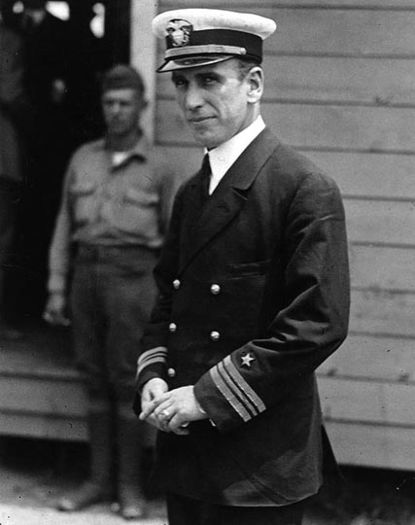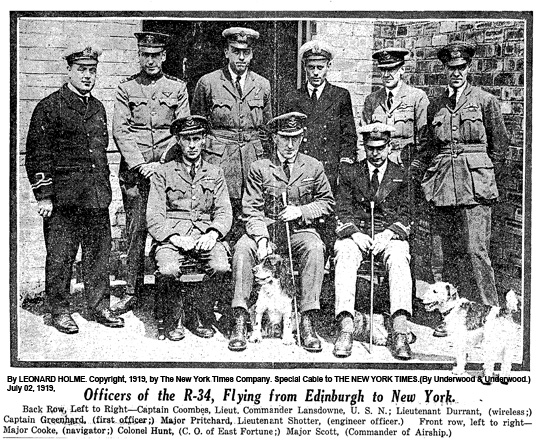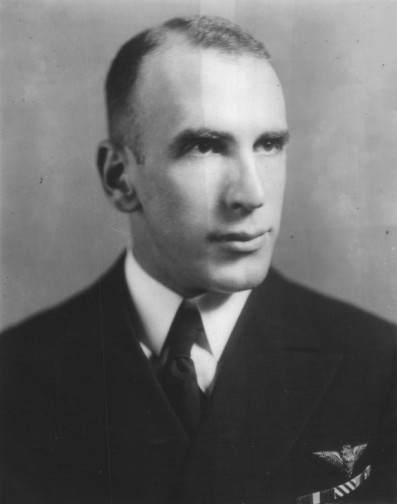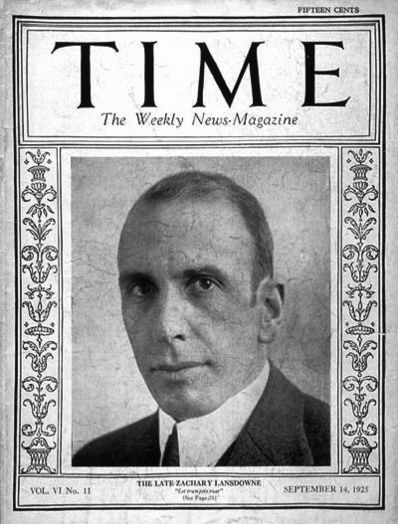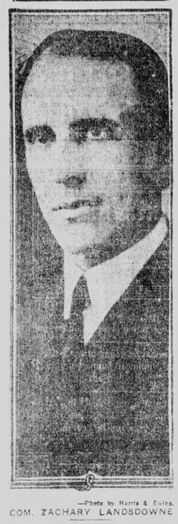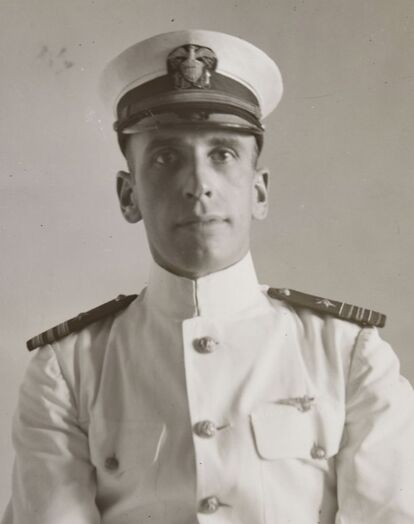ZACHARY LANSDOWNE, LCDR, USN
Zachary Lansdowne '09
Lucky Bag
From the 1909 Lucky Bag:
Zachary Lansdowne
Greenville, Ohio
"Zach," "Lansburger"
A good-looking chap who could be a heavy fusser if he would. Was one of those who were disappointed in love on First Class leave, however, and has not since been the same man. A whole-hearted fellow, who wins the friendship of all with whom he comes in contact, and knows how to keep it. Sometimes poses as a musician (?). Was never known to speak ill of anyone. Good-natured and easy-going—never lets anything worry him, but always comes out on the safe side of a 2.5. Had to bone hard First Class year, but was never too busy to knock off and "chew the fat" with anybody who happened in. An adept in the art of using Dutch slang, thereby affording much amusement to his classmates. Made a hit on First Class cruise by his ability in handling the "Nevada." An all-around good fellow who is always ready for any escapade that is apt to afford amusement "for the crowd."
"How—are—you? Come—in—and—take—a—seat."
Buzzard.
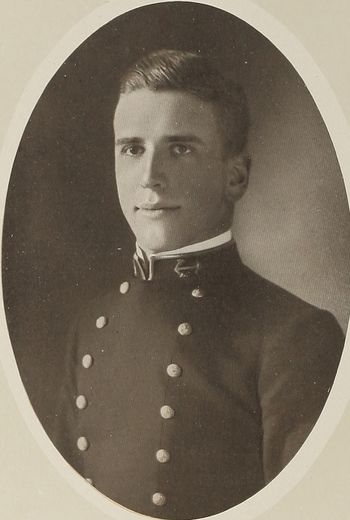
Zachary Lansdowne
Greenville, Ohio
"Zach," "Lansburger"
A good-looking chap who could be a heavy fusser if he would. Was one of those who were disappointed in love on First Class leave, however, and has not since been the same man. A whole-hearted fellow, who wins the friendship of all with whom he comes in contact, and knows how to keep it. Sometimes poses as a musician (?). Was never known to speak ill of anyone. Good-natured and easy-going—never lets anything worry him, but always comes out on the safe side of a 2.5. Had to bone hard First Class year, but was never too busy to knock off and "chew the fat" with anybody who happened in. An adept in the art of using Dutch slang, thereby affording much amusement to his classmates. Made a hit on First Class cruise by his ability in handling the "Nevada." An all-around good fellow who is always ready for any escapade that is apt to afford amusement "for the crowd."
"How—are—you? Come—in—and—take—a—seat."
Buzzard.
Loss
Zachary was lost when the airship USS Shenandoah (ZR 1) crashed on September 3, 1925 in Ohio. He was the airship's commanding officer.
Biography Other Information
From Naval History and Heritage Command:
Zachary Lansdowne was born in Greenville, Ohio, on 1 December 1888. He entered the United States Naval Academy in 1905 and graduated in 1909. In June 1911, following two years' service aboard the battleship Virginia, he was commissioned an Ensign in the U.S. Navy. During the next five years Lansdowne served in the destroyer McCall and had recruiting and Naval Militia duty in Ohio. He then received aeronautical instruction at Pensacola, Florida, and Akron, Ohio. In September 1917, Lieutenant Lansdowne was sent to England for training in the operation of dirigibles. He spent the rest of the First World War, and the first months of 1919, at the Navy Department and at air stations in France.
In July 1919, Lieutenant Commander Lansdowne served on board the British rigid airship R-34 during its historic non-stop flight across the Atlantic to the United States. Service followed at the Navy Department, at Akron, Ohio, and as a White House Aide. He was Assistant Naval Attache in Germany in 1922-1923, during which time his duties involved negotiations that resulted in the construction of USS Los Angeles (ZR-3), the Navy's second rigid airship.
Lieutenant Commander Lansdowne took command of USS Shenandoah (ZR-1) early in 1924. Over the next year and a half he carried out an energetic development program with her, including operations at sea and a trans-Continental flight to California. While on a long-distance flight to the Midwest on 3 September 1925, Shenandoah encountered fierce weather conditions and crashed in southern Ohio. Zachary Lansdowne was among those who lost their lives in this accident.
From July 7, 1919 issue of the New York Times (via Naval Airship Association) on the occasion of the first east-to-west transatlantic airship crossing:
LANSDOWNE AN AIR EXPERT
The official records show that Lieut. Commander Zachary Lansdowne was born in Greenville, Ohio, Dec. 1, 1888. He obtained an appointment in 1905 as a midshipman in the Naval Academy from the Fourth Congressional District of Ohio, and was graduated in 1909. He has served on the U.S.S. Virginia, the U.S.S. McCall, the U.S.S. Essex, and for a time was attached to the branch Hydrographic Office at Cleveland.
On Dec. 6, 1916, he began his career in aviation, when he was assigned to the Pensacola Air Station for training. he remained there until March 15, 1917. He later was attached tot the Curtiss Aeroplane Company, in Brooklyn, from which he was sent to Akron, Ohio. he was then ordered to London for instruction in dirigibles under the British Admiralty.
He reported for that duty Sept. 8, 1917. He then further trained at Royal naval air stations at Wormwood Scrubs, England, and Cordin, England. He remained under instruction with the British forces until Feb. 27, 1918. He was then ordered back to the United States, where he was on duty at various stations, notably Akron, Ohio; New London, Conn., and Rockaway Beach, L.I., from where he was ordered to report to the U.S. Naval Air Forces in France, and on Oct. 29, 1918, was designated to command the Quipavas Naval Air Station.
On Jan. 7, 1919, he was detached and sent to Brest, and on March 15 was assigned to temporary duty in connection with tests of dirigibles being manufactured for the navy. On May 24, 1919, he was ordered to Naval Headquarters at London, and later was assigned to his present duty as representative of the United States Navy on the R-34.
He was appointed as Ensign in the permanent line of the navy June 5, 1914. He was promoted to Lieutenant June 5, 1917. He was promoted to Lieut. Commander, his present rank, Aug. 1, 1919. His home is in Grand Rapids, Mich.
Also in context of the crossing:
"Prior to the start, Lieut. Commander Zachary Lansdowne of the United States Navy, a passenger on the R-34 at the invitation of the British Admiralty said, "There is no doubt whatever in my mind, or, I believe, in the minds of any of the crew, that we will get over without difficulty."
Commander Lansdowne is a firm believer in the practicability of the lighter-than-air machine, and has devoted all of his time during the war (WWI) studying this branch of aviation. It was very good of the Admiralty to extend an invitation to our Navy Department that an American be included in the crew on this pioneer flight. I see no particular reason why the Admiralty should have selected me, but, believe me, I am glad of the opportunity. As I understand it, we will not attempt any speed trial. We will cross as quickly as possible, avoiding adverse winds, but at the same time not overlooking any opportunity for observations likely to be of aid in the future to navigators and airship pilots crossing the Atlantic." (from the New York Times, July, 2, 1919.)
Following the first east-to-west transatlantic flight, which also set a record for the longest time in the air (108 hours, 12 minutes), Lt. Cmdr. Lansdowne, whose story of the trip was printed in the Daily Telegraph, stated: "I thoroughly believe that the future of the airship for commercial aviation has been established. I make this assertion from my personal observation aboard the R.34. I earnestly hope that America in this matter will keep pace with our progressive cousins across the sea. Such co-ordination, I firmly believe, will augment, if that is possible, the close relationship that binds the two great English-speaking peoples."
Zachary Lansdowne was awarded the Navy Cross for "distinguished service" on the first east-to-west transatlantic flight from East Fortune, Scotland to Mineola, NY by British airship R34 from 2-5 July 1919.
From Naval Airship Association:
After construction was completed at NAS Lakehurst in August 1923, Zachary Lansdowne remarked: "We now have in the rigid airship perhaps the safest known means of transportation. I cannot see any danger whatsoever that might possibly occur to personnel or passengers." Following several test flights in September and October, the USS Shenandoah was christened on October 10, 1923 under the command of Cmdr. Frank R. McCrary (Naval Aviator #91). On February 11, 1924, Lt. Cmdr. Zachary Lansdowne (Naval Aviator #105) assumed command of ZR-1 partly because of disagreements between McCrary and Anton Heinen, German consultant of ZR-1 designer Cmdr. Ralph Weyerbacher, based on an article in Time Magazine. Rear Admiral William Moffett, chief of the USN Bureau of Aeronautics (BuAer), chose Lansdowne primarily because of his experience with rigid airships. Commander T. G. W. Settle, USN Executive Officer, described Lansdowne as ...a capable, experienced airship officer; he flew and handled his own ship (the only airship captain in our service who has done this, to the best of my knowledge), he was in no sense a 'prima donna' and desired only to be left alone to operate the ship as a naval vessel.
"Besides being the first helium-filled rigid airship, Lansdowne's Shenandoah made several other airship firsts," including first mooring to a surface ship, first round-trip continental flight, and first high-frequency radio carried and used on an aircraft.
From researcher Kathy Franz:
While Zachary was in command of the McCall in September 1913, three sailors drowned when a launch in which they were returning to the ship was run down by the freight steamer Seaboard. One sailor survived.
Zachary married Ellen MacKinnon in 1913, but she died of illness in 1916. He married Margaret S. K. Ross on December 7, 1921, in Washington, D. C. Their daughter Margaret was born in 1922.
Zachary's father James was a physician. His mother Elizabeth Knox died in October 1925. His brothers were John, a civil engineer, and Harry, born in March 1880. Their grandmother Isabel Knox lived with them in 1900 Greenville.
Zachary is buried in Arlington National Cemetery.
Photographs
From Hall of Valor:
The President of the United States of America takes pleasure in presenting the Navy Cross to Lieutenant Commander Zachary Lansdowne, United States Navy, for distinguished service in the line of his profession as one of the crew of the British Airship R-34, which in July 1919, made the first successful non-stop passage from England to the United States. The actions of Lieutenant Commander Lansdowne on this occasion were in keeping with the highest traditions of the United States Naval Service.
Service: Navy
Division: British Airship R-34
The "Register of Commissioned and Warrant Officers of the United States Navy and Marine Corps" was published annually from 1815 through at least the 1970s; it provided rank, command or station, and occasionally billet until the beginning of World War II when command/station was no longer included. Scanned copies were reviewed and data entered from the mid-1840s through 1922, when more-frequent Navy Directories were available.
The Navy Directory was a publication that provided information on the command, billet, and rank of every active and retired naval officer. Single editions have been found online from January 1915 and March 1918, and then from three to six editions per year from 1923 through 1940; the final edition is from April 1941.
The entries in both series of documents are sometimes cryptic and confusing. They are often inconsistent, even within an edition, with the name of commands; this is especially true for aviation squadrons in the 1920s and early 1930s.
Alumni listed at the same command may or may not have had significant interactions; they could have shared a stateroom or workspace, stood many hours of watch together… or, especially at the larger commands, they might not have known each other at all. The information provides the opportunity to draw connections that are otherwise invisible, though, and gives a fuller view of the professional experiences of these alumni in Memorial Hall.
January 1910
January 1911
January 1912
January 1913
January 1914
January 1915
January 1916
January 1917
March 1918
January 1919
January 1920
January 1921
January 1922
May 1923
July 1923
September 1923
November 1923
January 1924
March 1924
May 1924
July 1924
September 1924
November 1924
January 1925
March 1925
May 1925
July 1925
Namesake
USS Lansdowne (DD 486) was named for Zachary; the ship was sponsored by his daughter, Peggy.
Memorial
On July 2, 1943, at a celebration for the christening of the newest Goodyear-built K ship, Zachary and eight other men lost in lighter-than-air flight were honored with a memorial tablet on a granite rock at the Wingfoot Lake station at Suffield, Ohio. The other honorees were: CDR Louis Maxfield '07, on the British ship ZR-2 in 1921, LT Charles Bauch on the U.S.S. Akron in 1931, LCDR Emory Coil '12 in 1921, LT Arthur R. Houghton in 1925, LT Henry Hoyt '14 in 1921, LT J. B. Lawrence in 1925, LT C. G. Little in 1921, and LT Frank Trotter '23 in 1942.
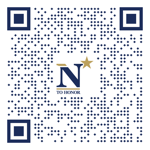
The "category" links below lead to lists of related Honorees; use them to explore further the service and sacrifice of alumni in Memorial Hall.
